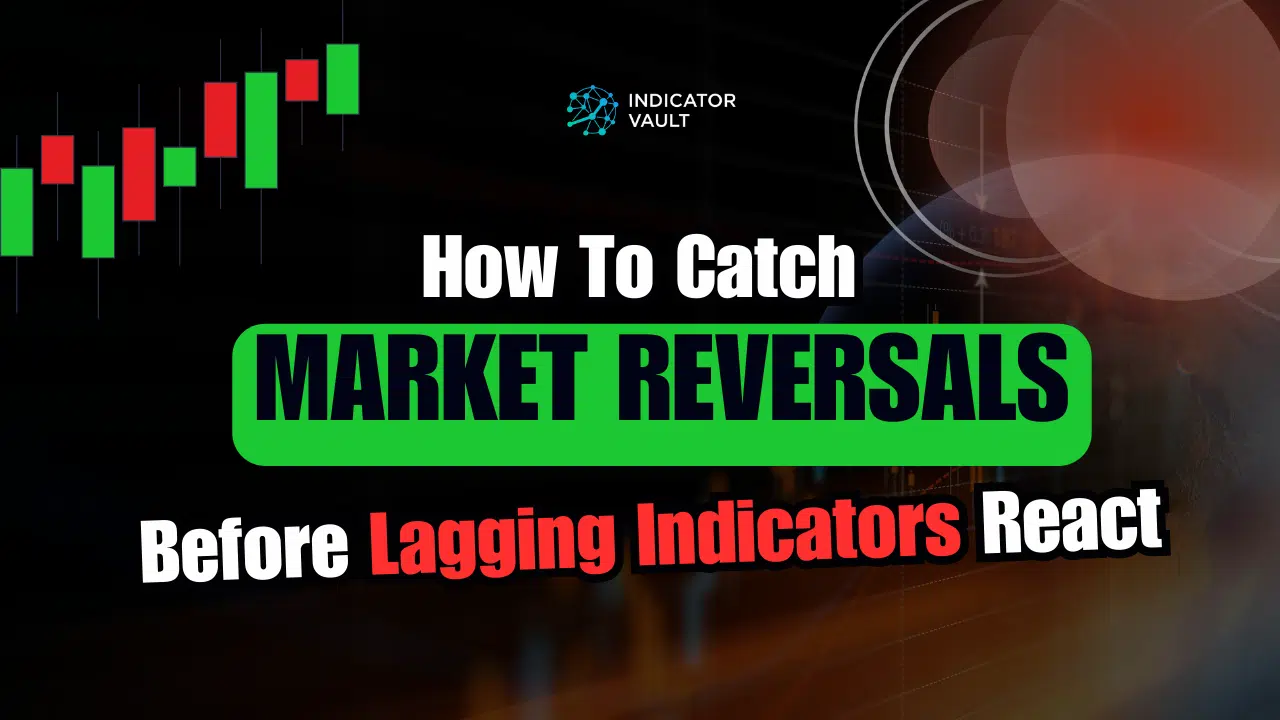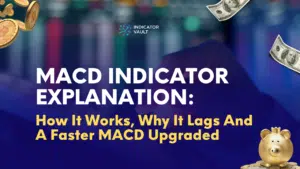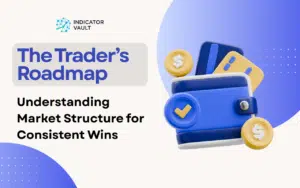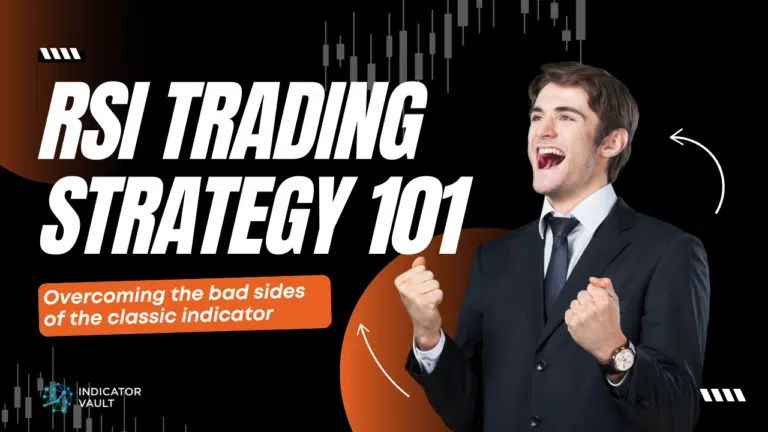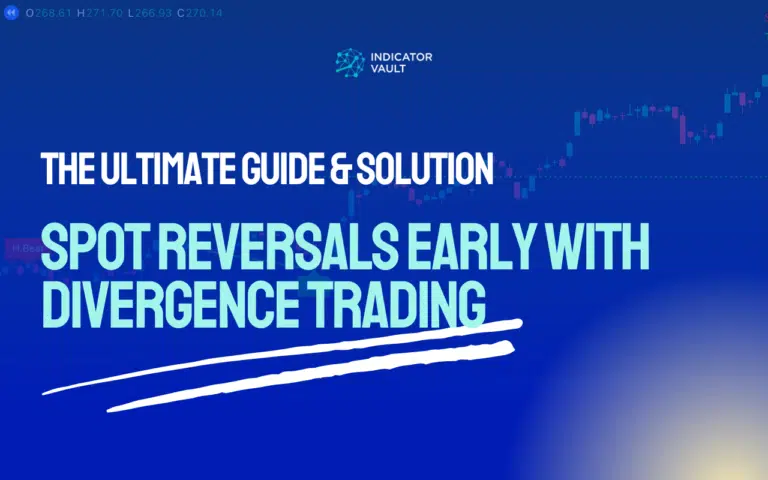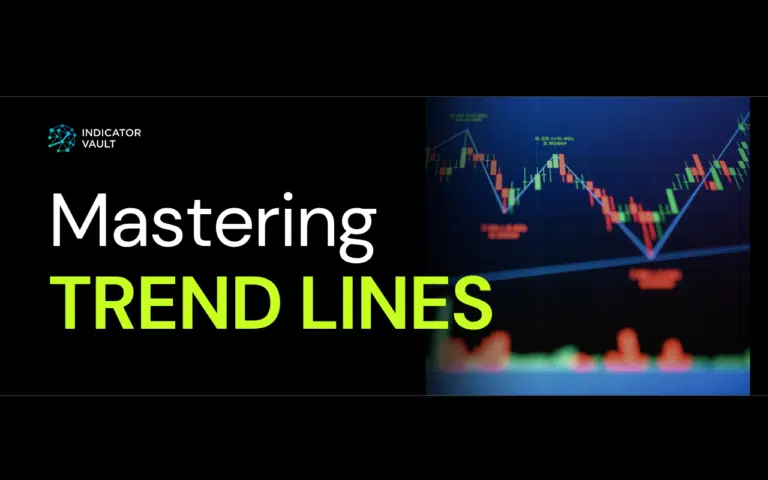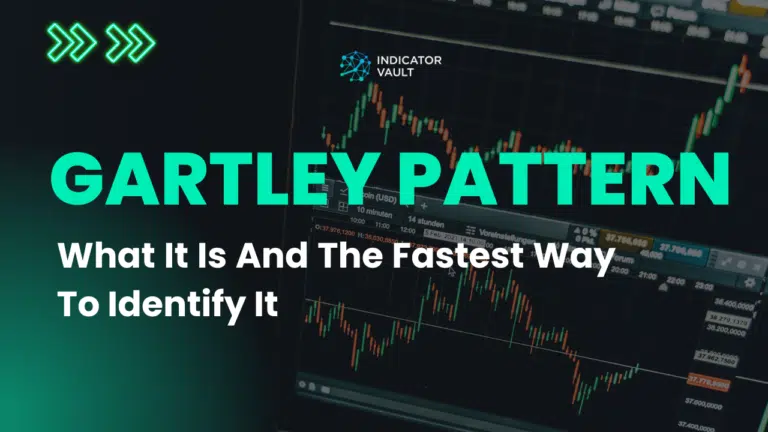Trading reversals is one of the toughest challenges in the market. Every trader wants to catch the exact turning points, but more often than not, the tools you rely on give signals too late or too often. You get chopped up by false reversals, or you miss the best part of the move because confirmation came after the fact. The frustrating part? It’s not because you’re trading wrong, it’s because the tools themselves are built to lag.
Table of Contents
1. Why traditional tools keep letting you down
If you’ve traded for a while, you’ve probably relied on the same set of tools most traders use:
- RSI for overbought/oversold conditions
- MACD for momentum shifts
- Stochastics for confirmation
These tools are everywhere. And while they look useful on paper, in practice they’re what professional traders call lagging indicators.
The problem? By the time they give you signals, the market has already moved. You either:
- Jump in early and get stopped out by false signals
- Wait for confirmation and miss the best part of the move
Every trader has felt this pain. A reversal setup appears, you wait for your indicator to agree, and by the time it does, 30-40% of the move is already gone.
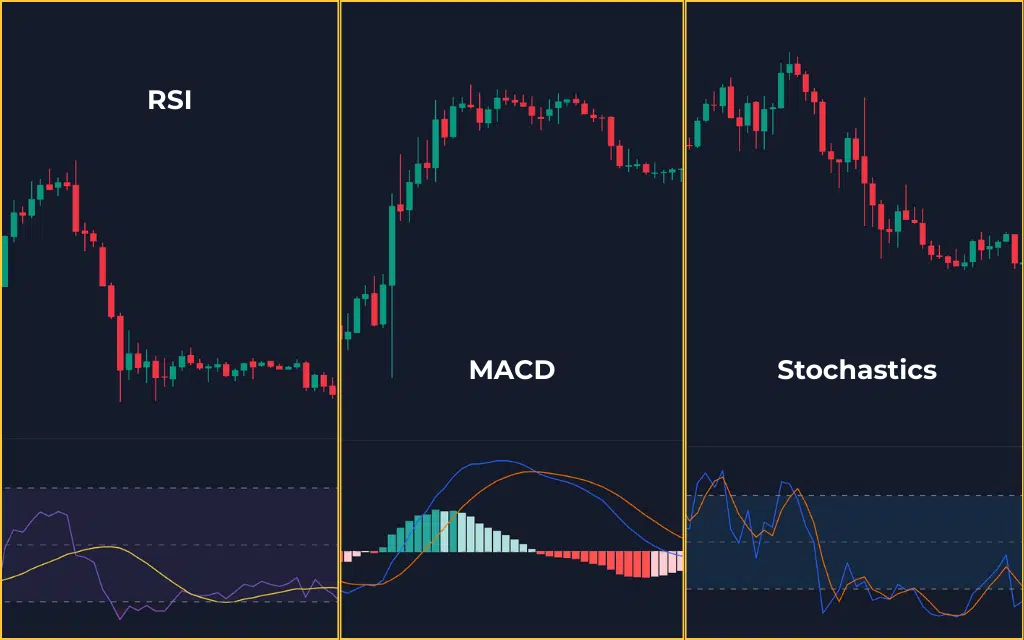
2. The hidden problems with lagging indicators
Let’s break down why these popular tools fail in real markets:
2.1 The “stickness” problem with oscillators
Indicators like RSI and Stochastics are stuck inside fixed ranges. When the market trends strongly, they keep showing “overbought” or “oversold” again and again… But price keeps moving further, leaving you on the wrong side.
2.2 The lag of moving average systems
Tools like MACD or moving average crossovers are built on averages. That means they always react late. By the time you see a signal, the move has already started, and you’re entering too late.
2.3 Expensive consequence
Every false signal takes money out of your pocket. Every late entry means smaller profits. Over time, lagging indicators eat away at your account little by little.
It’s not your trading that’s broken. The problem is outdated tools that don’t keep up with today’s market.
3. Meet the Price Consensus Reversal indicator
What if there were a tool that fixed all those problems? One that reacts in real time, filters out the noise, and doesn’t leave you waiting. That’s what the Price Consensus Reversal indicator was built for.
This tool uses a breakthrough statistical framework to detect reversals at the exact moment price stretches too far from true market consensus.
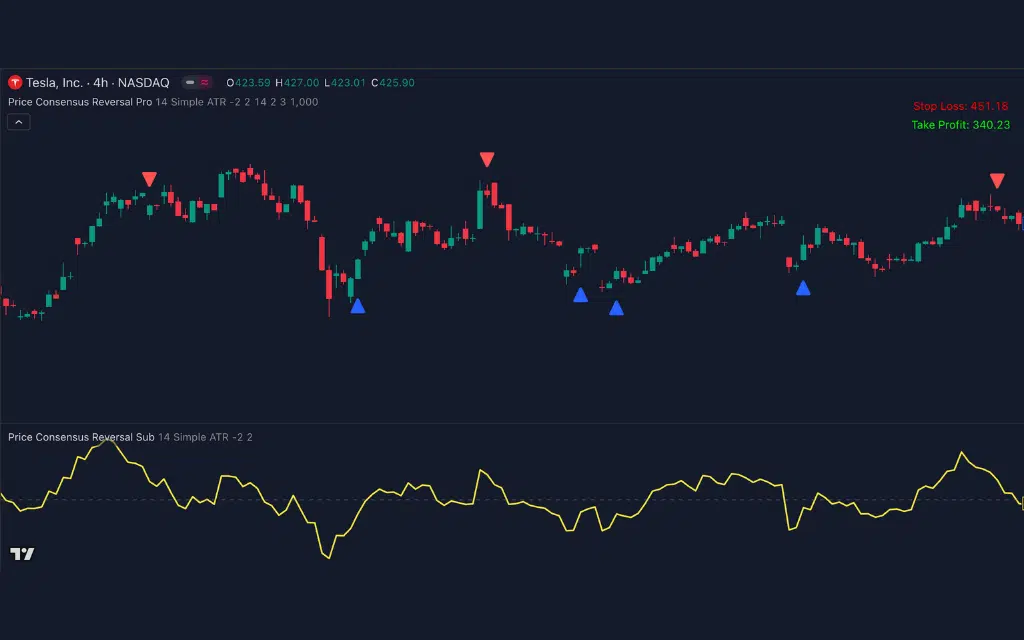
Here’s how it works:
- Establishes market consensus: Calculates the fair price the market collectively agrees on right now.
- Adapts to volatility: Uses True Range to adjust dynamically to quiet and volatile conditions.
- Measures price deviation: Signals when price moves too far from consensus, identifying reversal points with precision.
The result? Crystal-clear entry signals at tops and bottoms right when the probability of a reversal is highest.
4. Ready to leave lagging indicators behind?
Unlike lagging indicators that leave you guessing, this tool gives you:
- No lag signals: Catch reversals at the moment they form, not after they’ve already played out.
- Built-in stop loss & take profit: Levels automatically displayed on your chart, removing guesswork.
- Works across all markets & timeframes
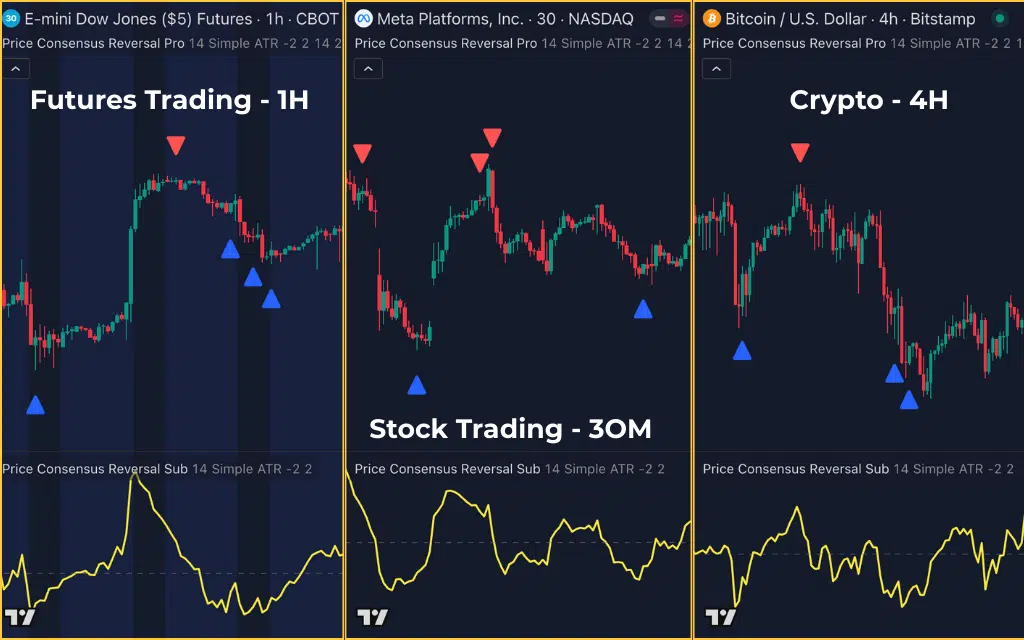
If you’re tired of chasing signals that come too late or losing money on false entries, it’s time to upgrade your toolkit.
The Price Consensus Reversal indicator is available now for TradingView. It’s your chance to finally trade reversals with precision and stop letting lagging indicators hold you back.
Get Price Consensus Reversal today and start catching reversals when they actually happen.

